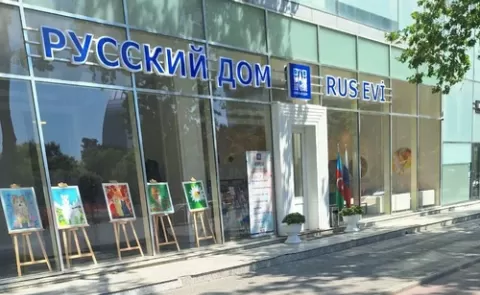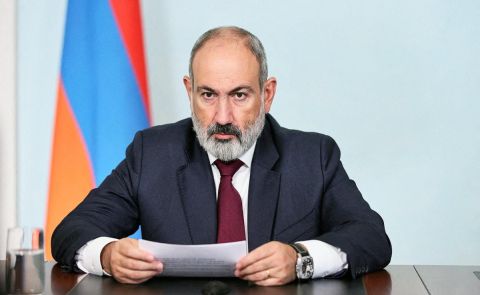
Armenia and Iran Conduct Historic Joint Military Drills Amid Shifting Regional Dynamics
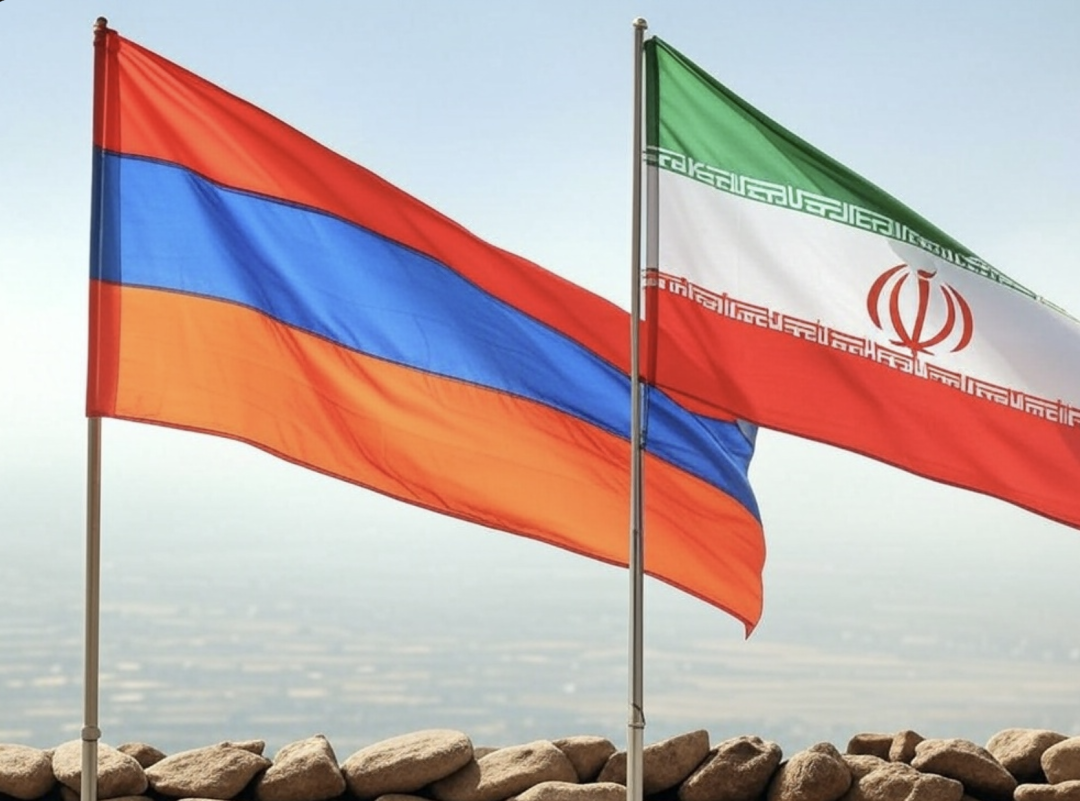
For the first time in their bilateral history, Armenia and Iran have launched joint military exercises aimed at enhancing border security and counterterrorism coordination. The two-day drills, held on April 9–10, involve Special Forces from both nations and take place on either side of the Armenia–Iran border.
According to Armenia’s Ministry of Defense (MoD), each nation’s troops are operating within their respective territories, with Armenian forces active in Armenia and Iranian forces conducting maneuvers in Iran’s East Azerbaijan Province. The stated objective of the exercises is to simulate the neutralization of terrorist attacks targeting border checkpoints, reflecting growing concerns over regional stability.
Iranian military officials provided further insight. Brigadier General Valiollah Ma’dani, deputy commander of operations for Iran’s Islamic Revolutionary Guard Corps (IRGC) Ground Forces, emphasized that the drills are designed to foster “sustainable peace” and demonstrate both countries’ commitment to securing their shared border.
“This joint exercise is a proactive measure to ensure the combat readiness of our forces, counter terrorism, and contribute to sustainable peace in the region,” Ma’dani said.
Highlighting the geopolitical sensitivity of the region, Ma’dani underscored the strategic importance of the Armenia–Iran border, particularly amid ongoing tensions between Iran and Western powers.
The Iranian contingent includes the 31st Ashura Operational Division, part of the IRGC’s Ashura Regional Headquarters. This unit has a storied history dating back to the Iran–Iraq War (1980–88) and has been involved in counterinsurgency operations in northwestern Iran, particularly against Kurdish separatist groups. The division is responsible for defending East Azerbaijan, West Azerbaijan, and Ardabil provinces—areas adjacent to Armenia and Azerbaijan.
A Border of Growing Importance
While the drills are limited in scope and duration, they mark a significant shift in the region’s geopolitical landscape. The Norduz–Agarak border crossing—once guarded by Russian Federal Security Service (FSB) personnel on the Armenian side—has been under the control of Armenian border guards since January 1, 2025. This transition underscores Armenia’s gradual distancing from Russian security patronage and its broader efforts to assert sovereignty over its border management.
This development also follows Armenia’s increasing engagement with the West. The signing of a strategic partnership agreement with the United States in the final weeks of the Biden administration raised concerns among Iranian officials, given Iran’s deepening confrontation with both the U.S. and Israel.
Strategic Calculations on Both Sides
For Armenia, the joint exercises serve a dual purpose: they strengthen operational coordination with a key neighbor while signaling that Yerevan’s Western orientation does not equate to hostility toward Tehran. The drills are likely the result of careful behind-the-scenes diplomacy, aimed at reassuring Iran that Armenia’s foreign policy realignment poses no threat to Iranian interests.
From Iran’s perspective, the timing and visibility of these drills carry strategic weight. Amid heightened fears of a potential U.S.–Israeli military strike, should a nuclear deal with the U.S. fail, Iran is demonstrating its capacity to defend strategic border regions, even under the pressure of broader regional conflict. Moreover, the exercises may serve as a subtle warning to Azerbaijan and its ally Turkey, which have increasingly challenged Iranian influence in the South Caucasus and could seek to exploit future shifts in the regional balance of power.
Conclusion
The inaugural Armenian–Iranian Special Forces drills represent more than a routine military exercise. They are a barometer of shifting alliances and recalibrated security postures in the South Caucasus. As Armenia moves away from Russian dominance and seeks greater integration with Western structures, it must balance this trajectory with the realities of its geography and historical ties. This is particularly relevant for Yerevan’s deterrence policy toward Azerbaijan. Iran, meanwhile, is eager to safeguard its northern frontier and assert itself as a regional stabilizer amid global uncertainty.
Whether these exercises herald deeper military cooperation between Yerevan and Tehran remains to be seen. For now, they illustrate how nations in this volatile region are adapting to new geopolitical currents, sometimes through unexpected partnerships.
By Mikhail Mkrtchian, Regional Security Analyst
See Also

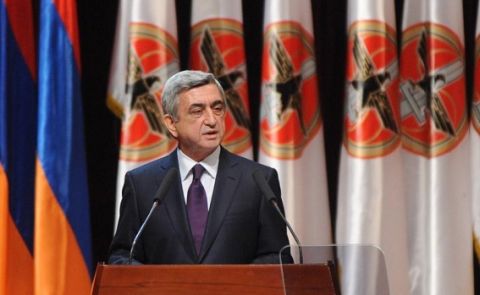
Anti-Corruption Court Reignites Case Against Armenia’s Ex-President
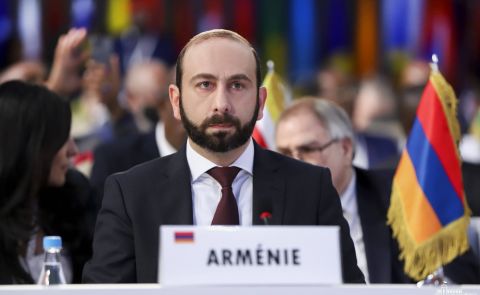
Armenia Seeks Full Normalization with Türkiye, Pushes for Peace

Armenia Launches Major Tourism Upgrade with World Bank Support
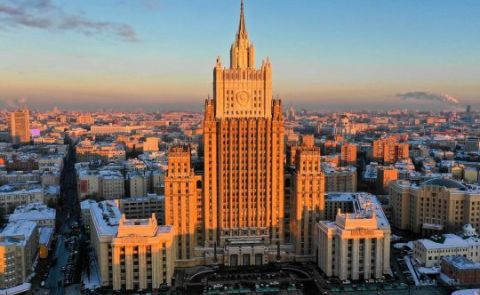
Russia Ready to Restore Ties with Georgia, Criticizes France and EU’s Actions in South Caucasus
